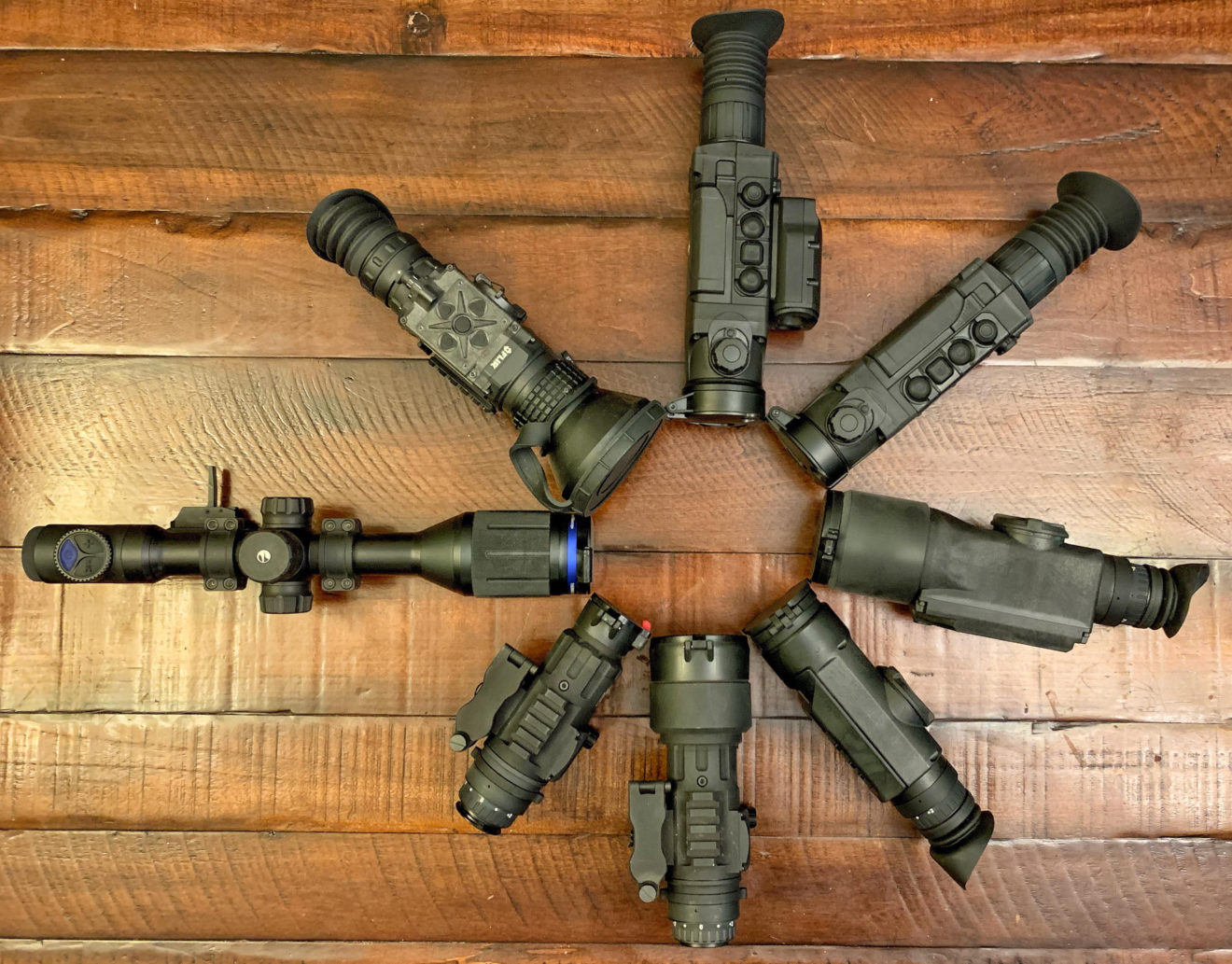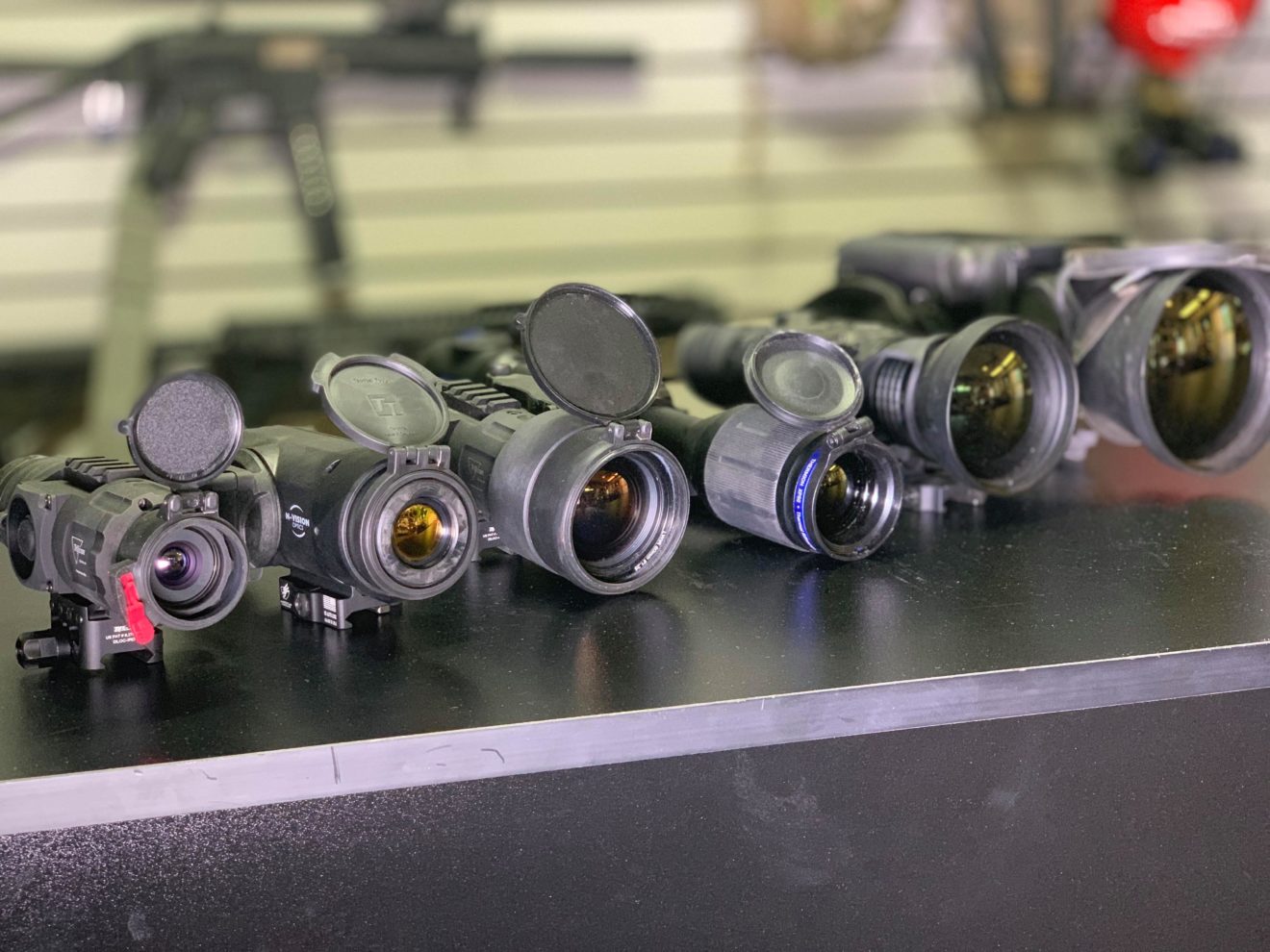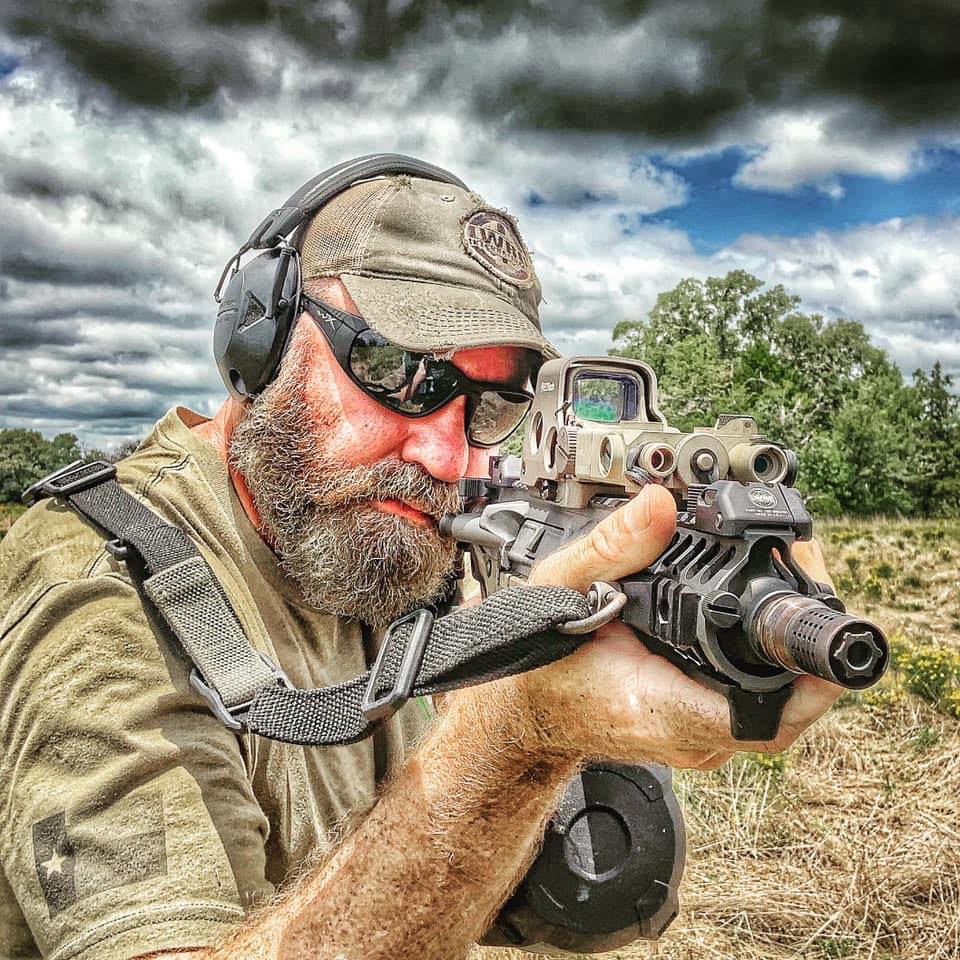What to Know Before Buying a Thermal Scope
There are lots of options to consider when buying a thermal scope. It is a large investment for most people and can cost more than the firearm that it is going on. So lets dive into the specs and information that you should know before making a purchase.
Resolution: Seeing What Matters
There are US manufacturer thermal cores and European core manufacturers. On the US side you have FLIR and BAE. They are broken down into resolutions of 320 and 640. The European cores are 384 and 640. Why these numbers matter is this is what determines the number of pixels in an image. A 640 core has 4 times the amount of pixels as a 320 core.
Now lets assume that two thermals have the same micron core and the same lens size. The 640 will have a larger field of view than the 320 unit, it will also have a better picture. However that is not where the story ends.

Lets compare two scopes from the same manufacturers. The Pulsar XP Trail 50 Vs Pulsar XQ 50 Trail. Both models have a 42mm objective lens and 17 micron cores. The XP has a 640 resolution and the XQ has a resolution of 384.
The XQ with the 384 has a magnification of 2.7 vs the 1.6 magnification of the XP 640. So the XQ starts at a higher magnification than the XP. So why does this matter?
Thermal scopes are not like day optics. You don’t adjust the lens for magnification. A thermal scope is a camera that see radiation. When you magnify you are zooming in on the screen not adjusting the lens. Each time you zoom you are doubling the magnification. So when you start with a 1.6x and zoom it goes to 3.2x. So with the smaller resolution of the XQ when you double the zoom from 2.7x you jump to 5.4x. This also changes your resolution of your image, it is cut in half. So with your zoom of 3.2x you are at 320 resolution and the 5.4x becomes 180 resolution.
So what you are paying for in resolution is a wide field of view and the ability to be at the same resolution as the 320 with a higher magnification. Additionally since you are starting with a lower zoom you can track close moving targets, such as feral hogs easier.
Microns
The micron number is referring to the sensor in the scope. The lower the micron number the more efficient the scope is. What that means is that a thermal can have more magnification with the same lens size if it has a lower micron sensor.
Example: The Pulsar XQ38 Trail 320 17 micron had a magnification of 2.1x. The new Pulsar Thermion XM38 320 12 micron has a magnification of 4.1x.
The sensors have been improving for years. One of my first scopes was 35 micron scope. This leads us to the question of is the 12 micron better than a 35 micron sensor. If a scope has the same lens, firmware and same resolution the 35 micron scope will be better. The senor is larger and can take in more information. The 12 micron is much smaller than the 35 micron. The reason that the sensors are getting smaller is that it allows you to run a smaller lens.
The lens of a thermal is made from germanium which is extremely expensive. In most cases the lens of a thermal cost more than the rest of the scope does to produce. If you can use a smaller lens then the scope can be smaller, lighter and less expensive than using a larger sensor. The last benefit is that the sensors are less expensive to produce as well making the scope even cheaper.
Conclusion
With the advancements in technology thermal scopes are more affordable than ever before. When I purchased my first thermal it was $25K and has less magnification and is much larger than current models that cost under $4k.
So consider what your budget is and if possible try and buy the thermal with the lowest micron sensor and the highest resolution. Remember the 640 units will give you a wider field of view, more magnification, better clarity and a better shooting experience.
Todd is a retired LEO firearms instructor, avid hunter, and specializes in night hunting of invasive and pest species namely feral hogs. Pro-staff for several companies in the firearm industry. Todd runs the Lone Star Boars forum, YouTube channel and social media. An avid user of night vision and thermal optics he owns Huey Outdoors where he sells thermal and night vision.



